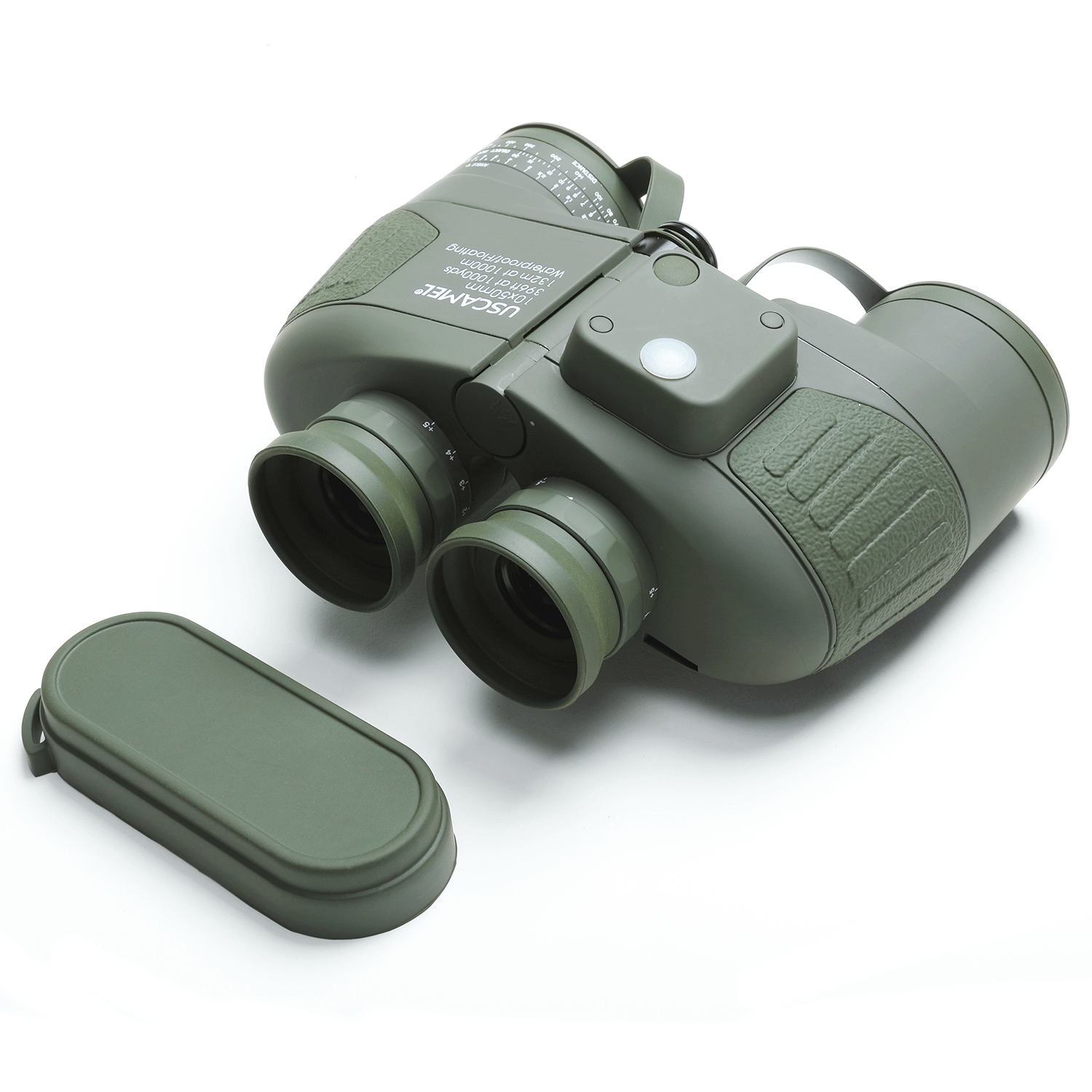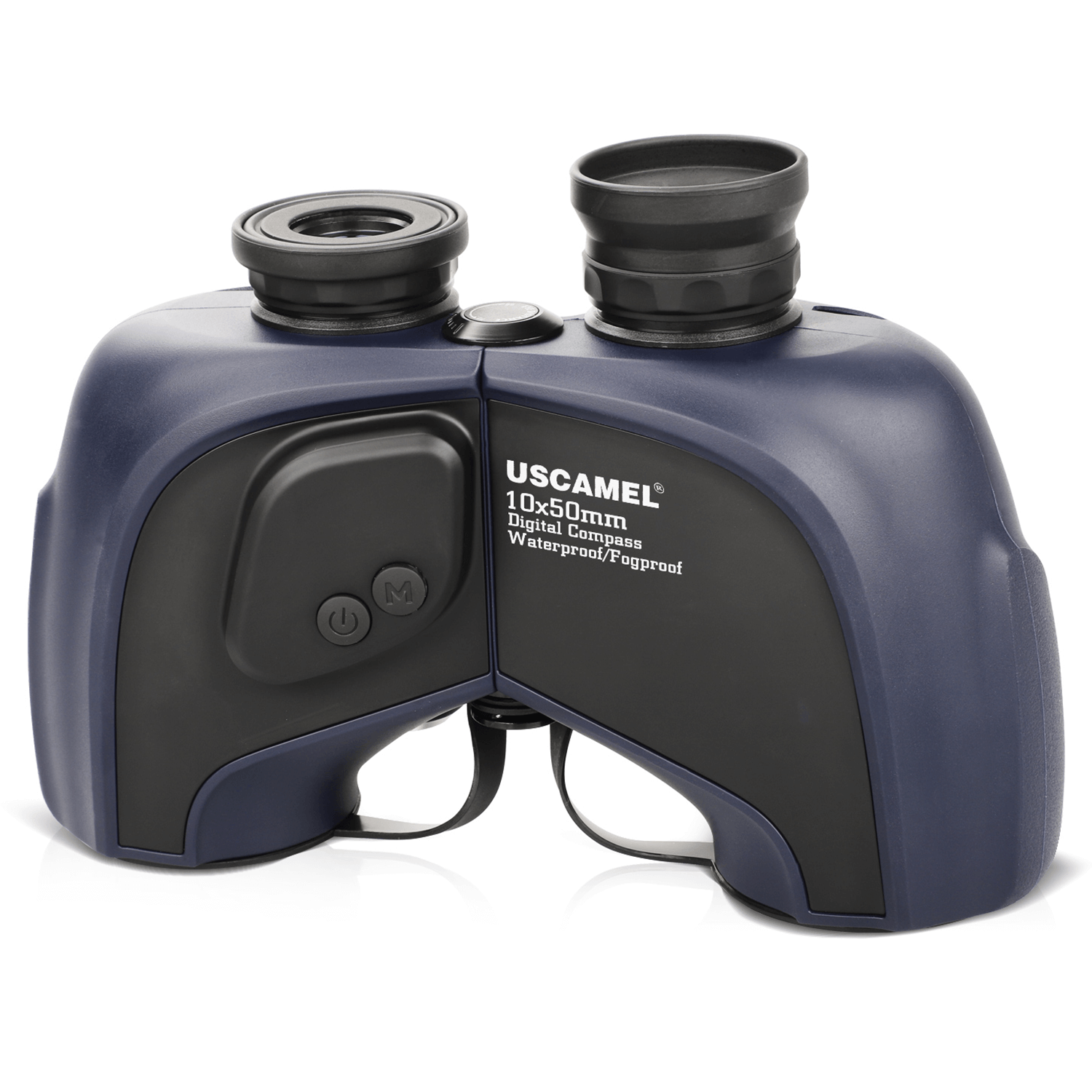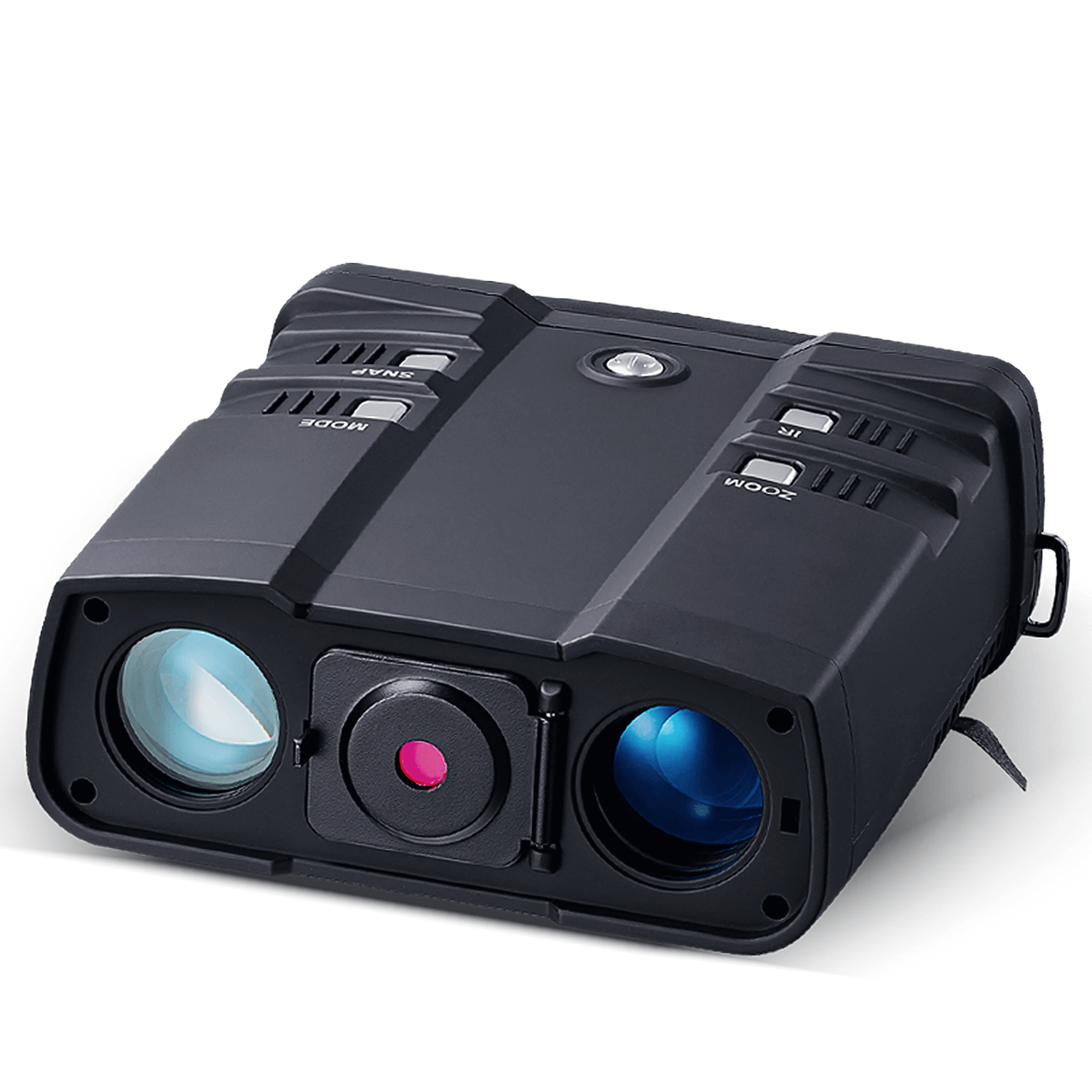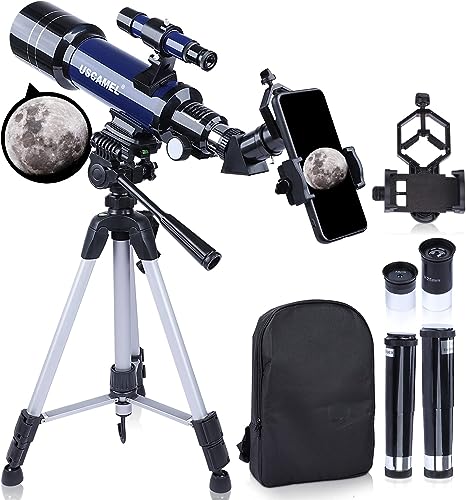About the coating, it has talked enough. They all told you it is the ability to increase light transmission. Indeed they tell the truth. But is that all? Of course not.
The birth of lens coating was destiny
Another and the most important reason for using a coating is to reduce lens flare.
The initial development of coating technology was a complete necessity. From the Galileo(which had only two lenses), now it has evolved to the point where it now typically has seven lenses or more. On the other hand, light passes through roughly 12 glass media surfaces.
No matter how advanced the design of scopes is, there are two things that happen when light passes through each different media surface, refraction and reflection. What we need is refraction, it finally goes into the human eyes. The rest reflected light will produce new refractions and reflections after passing through each surface. Some will accidentally enter the eyes and interfere with the view we see.
Therefore, the coating technology was born with the original purpose of reducing the corresponding reflected light by adding a layer of material selected according to a certain wavelength of light. It is these missing wavelengths of light that give the coating a different color.
And with the development of technology, it was found that the refractive index of light of specific wavelengths could be increased by multiple coatings, on top of reducing reflection. It comes we understand the role of increasing light transmission.
The difference between Fully Coated, Multi-Coated, and Fully Multi-Coated, are coated on single or all media surfaces(including prisms) once or several times. This is why Fully Multi-Coated is the most expensive and could get the best quality of the view.
But one thing that must be noted when buying binoculars is that decorative coatings should never be on your consideration list forever. Only if you really need one. They do not help to improve the amount of light intake and reduce lens flare, instead, it will be a disaster for your eyes.
How to distinguish between good and bad?
When protagonists hold a binocular in movies or photos, its lens looks bright & clear, you can even see the details of the surrounding scenario from the reflection of the objective lenses, which is actually the way directors(photographers) of expressing. Unlike these, a well-coated lens should look a little bit dark, cause the light goes through into the eyes in the end. There is a way to simply define an objective lens using real coating or fake. The darker the better.
However, decorative coatings also have their own unique uses. Such as in the snow of clear weather, sunshine beach, or in a particularly reflective environment, having such a binocular can protect your eyesight.
----
Image source: Photo by Daniel Olah on Unsplash





